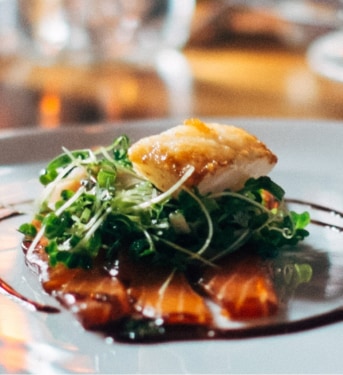
Washtubs
The water of the fountains in the historical center comes from the Simbrivio river, a tributary of the Aniene river that rises on the slopes of Mount Autore, near Vallepietra (Rome), an area between Lazio and Abruzzo regions.
In 1932, the water was supplied for the first time from the fountain monument to the fallen of the First World War (in the middle of the square).
In the historical center area, there were the main fountains built for different purposes, from which water was taken to drink, to cook and to wash. One can also list one at the entrance of the historical center, before the main arch, and the fountain called “Fontana di Rosinella”, from the name of the woman living next to it, located in the main street between the square and the church.







